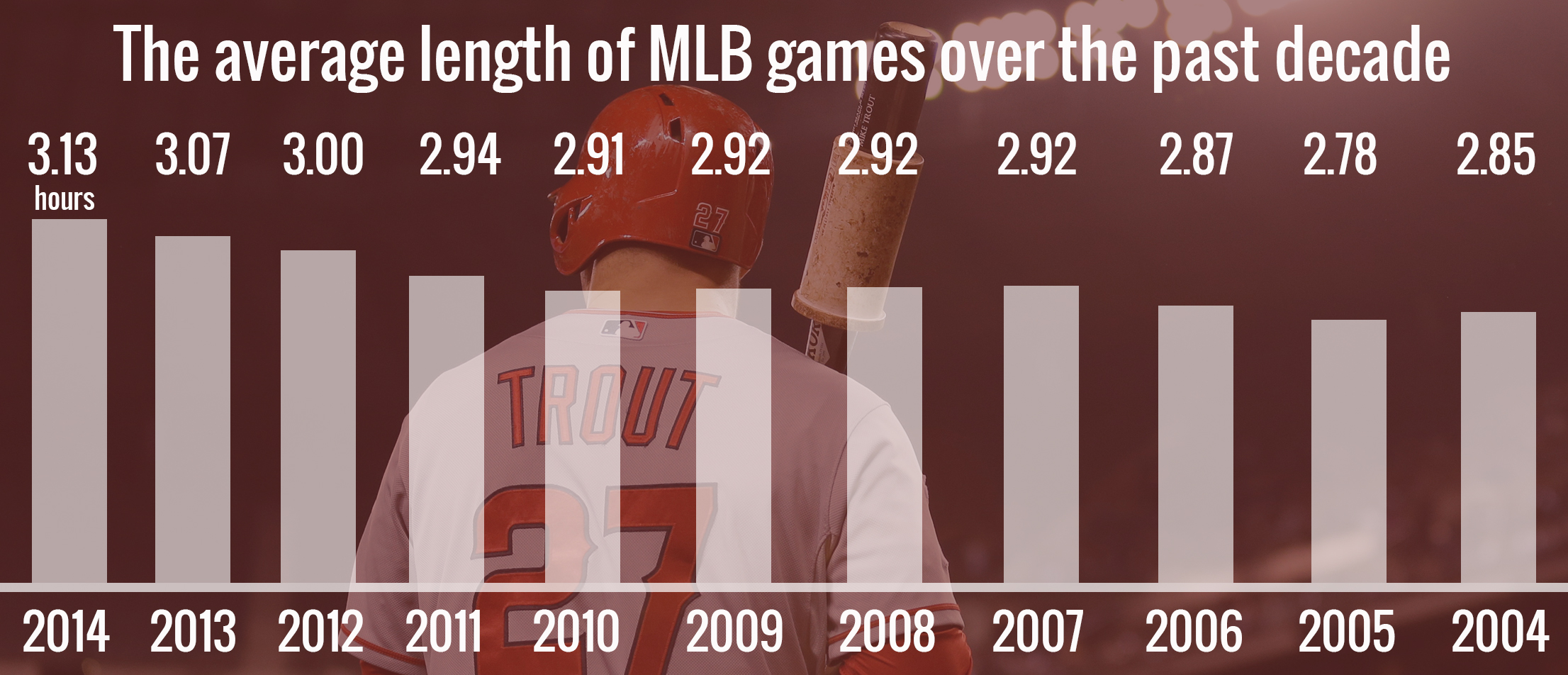Yesterday, MLB and the MLBPA officially rolled out three new “pace of play” rules intended to speed the game along. The measures are MLB’s first tangible acknowledgement that it needs to adapt to a world where attention spans are just about 140 characters. Fittingly, the new rules were announced via Twitter.
Regarding the specifics of the changes, none will really accomplish much–but that’s actually a good thing. Play will actually resume as commercial breaks, shaving a few seconds each frame; managers will no longer be permitted to leave the dugout on challenges (the system for which remains, regrettably, otherwise unchanged); and batters must keep one foot in the box, at least some of the time.
None of these rules, neither independently nor cumulatively, will drastically alter the fan experience in 2015. That’s good, because the truth is that baseball’s most glaring flaw–its leisurely pace and slow build–is also its single best asset. It’s in the moments between pitches and while the ball goes around the horn that the beauty of baseball resides. The game must adjust to a modern world, but that adjustment needs to be gradual.
Baseball will never have the quick back and forth of basketball, or feature the rough collisions that have catapulted football to market dominance. So as baseball seeks to engage the modern fan, it must do so while preserving the peculiar aspecs of the game rather than trying to make it something it’s not. Essentially, MLB and the MLBPA would have been terribly out of place if they tried to alter anything at the core of the sport.
From a pitch clock, to limiting the number of trips a catcher can take to the mound, to David Price’s half-joking suggestion to change a strikeout to 2 strikes, there were plenty of available steps in the wrong direction. But this is a step in the right direction. MLB is taking a measured approach; playing small ball rather than going for a home run.
-Sean Morash and Ari Glantz

















